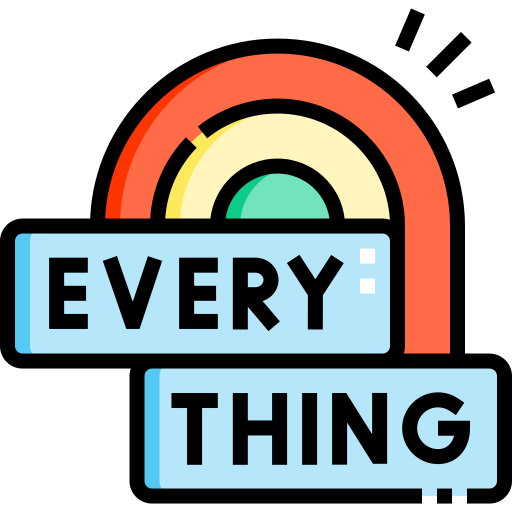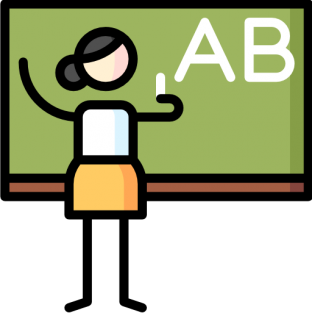What’s the difference between TODO and TUDO?
Oooi, how are you? Today we are going to learn how to use TODO or TUDO. This is a topic that our students at Yes Portuguese School often ask and have doubts about, because it really can be quite difficult to tell them apart. These words are very similar and it is doubtful when to use one and when to use the other. But after this post, you will never go wrong! You can believe me!!!
Before we start, comment here below this post if you already knew the difference between the two or if this is something totally new for you. And also tell me if you have any doubts on this subject!
This tip I’m going to give you now is very important for you to speak Portuguese more naturally! So, don’t forget to read the post until the end!
And if you’re learning Portuguese and don’t want to miss any of our tips, subscribe to our YouTube channel. There’s a new video there every week. There’s even one about Tudo X Todo. Just click here.
Another really cool thing you need to know: here on our blog, you’ll find several super interesting articles that will help you improve your Portuguese even more! You can read, for example, about the difference between OBRIGADA and OBRIGADO.
Todo or Tudo
Let’s start by comparing it to English. “Todo” means every or all. And “tudo” means everything.
So if I mean: “I like everything”. In Portuguese I will say: “Eu gosto de tudo!””
“I like everything you do.” In Portuguese: “Eu gosto de tudo o que você faz.”
Or: “is everything all right?” In Portuguese: “tá tudo bem?”
Now if I mean: “Everyone is here!” In Portuguese, I say: “Todo mundo está aqui!”
“I know all of Brazil!” In Portuguese we will say: “Eu conheço o Brasil todo!”
“Every place I go reminds me of you”. In Portuguese: “Todo lugar que eu vou me lembra você.”
Todo
So, pay attention: TODO refers to a complete set, a set of things or elements of a group and is accompanied by at least one noun, thus being specified. The word TODO varies in gender and number, that is, it has a masculine form, a feminine form, a singular and a plural form: todo/toda/todos/todas.
Let’s see the examples:
“Todos os alunos assistiram todas as aulas.” (All students attended all classes.)
“Eu estudo português todos os dias”. (I study Portuguese every day.)
Tudo
TUDO, in turn, replaces a group of things or elements in the sentence, text or context, having a generic sense. It does not vary in gender or number. This means that there are no words: tuda, tudos or tudas, only the word TUDO!
Besides, “tudo” is the opposite of “nada”. “Nada” in English is NOTHING or ANYTHING. And “tudo”, as I said, is EVERYTHING. See the example:
“Eu entendi tudo” (I understood everything) is the opposite of “Eu não entendi nada” (I didn’t understand anything.)
Let’s see other Examples:
“Ela disse tudo”. (She said everything.)
“Apesar de tudo, ainda gosto dela. (Despite everything, I still like her.)
“Você trouxe tudo o que te pedi?” (Did you bring everything I asked you for?)
Did you see? It’s quite simple.
You can now make your own sentences using everything and everything! Write here in the comments to practice!
Don’t forget to share this post with the people you think will benefit from this content too!
A hug and until the next tip!
Hey,
o que você achou deste conteúdo? Conte nos comentários.














